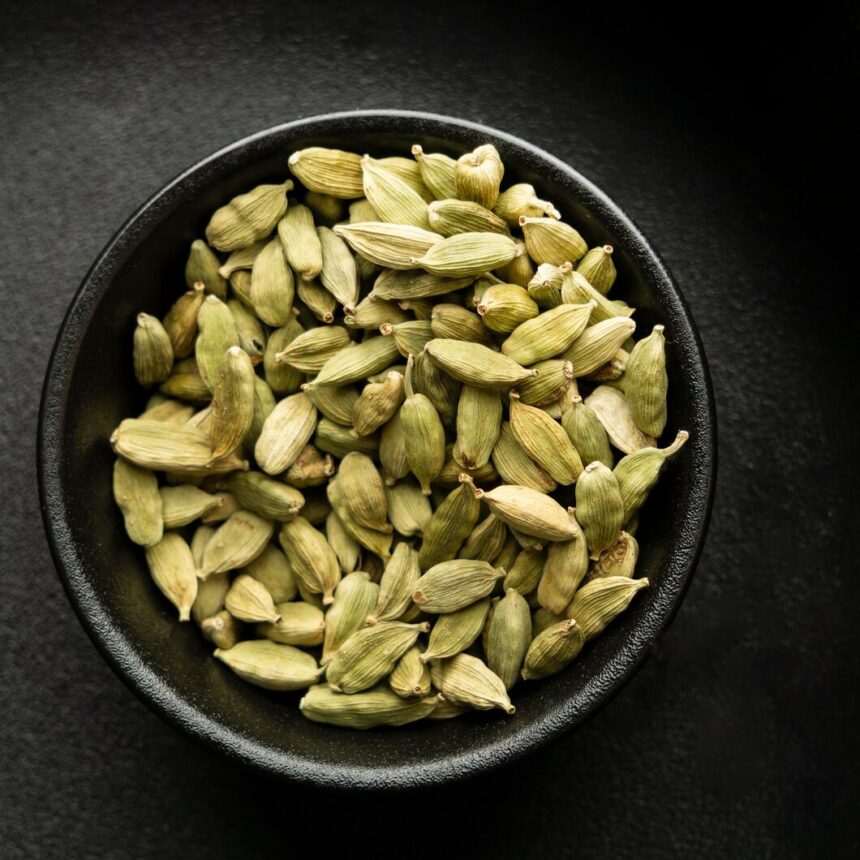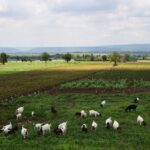Cardamom, revered for its aromatic flavor and medicinal properties, is a sought-after spice globally. While traditionally grown in tropical regions like India and Guatemala, South Africa’s diverse climate and soil conditions offer promising opportunities for successful cardamom cultivation. To maximize both quality and yield in South African cardamom farming, farmers can employ a range of techniques tailored to local conditions and practices. Here are some strategies for enhancing cardamom quality and yield in South Africa:
1. Site Selection and Soil Preparation
Significance:
Choosing the right site and preparing the soil are foundational steps for successful cardamom cultivation. Cardamom thrives in warm, humid climates with well-drained, loamy soil rich in organic matter.
Techniques:
- Site Assessment: Select sites with dappled shade, protection from strong winds, and adequate moisture, such as forested areas or shaded valleys.
- Soil Testing: Conduct soil tests to assess fertility, pH levels, and nutrient deficiencies. Amend soil as needed with organic matter, compost, and balanced fertilizers to create optimal growing conditions.
2. Variety Selection
Significance:
Choosing suitable cardamom varieties adapted to local climate and soil conditions is crucial for achieving high-quality yields.
Techniques:
- Research and Consultation: Select cardamom varieties best suited to South African growing conditions, considering factors such as temperature tolerance, disease resistance, and flavor profile.
- Trial Planting: Conduct trial plantings with different varieties to evaluate performance and determine the most suitable options for specific locations.
3. Propagation and Planting
Significance:
Using healthy planting material and proper planting techniques are essential for establishing robust cardamom plants.
Techniques:
- Seed Selection: Choose high-quality seeds from healthy, disease-free plants with desirable traits such as vigor and uniformity.
- Nursery Management: Start seeds in well-drained seedling trays or pots filled with a sterile, peat-based growing medium. Provide optimal temperature, humidity, and light conditions for germination and seedling growth.
- Transplanting: Plant seedlings or rhizome divisions in prepared beds or containers with adequate spacing to allow for growth and air circulation.
4. Water Management
Significance:
Proper water management is critical for cardamom cultivation, as the plants require consistent moisture to thrive.
Techniques:
- Irrigation: Provide regular, consistent watering to keep the soil evenly moist, especially during dry periods and flowering stages. Drip irrigation or micro-sprinkler systems are ideal for delivering water directly to the root zone while minimizing water waste.
- Mulching: Apply organic mulch such as straw, wood chips, or coconut husks to retain soil moisture, suppress weeds, and regulate soil temperature.
5. Nutrient Management
Significance:
Balanced nutrition is essential for healthy cardamom plants and high-quality spice production.
Techniques:
- Soil Amendment: Incorporate organic matter, compost, and well-balanced fertilizers into the soil to provide essential nutrients and improve soil structure.
- Foliar Feeding: Apply foliar sprays of micronutrients such as boron, magnesium, and zinc to address deficiencies and enhance plant growth and vigor.
- pH Monitoring: Maintain soil pH within the optimal range (5.5 to 6.5) for cardamom cultivation to ensure nutrient availability and uptake.
6. Pest and Disease Management
Significance:
Preventing and managing pests and diseases are essential for protecting cardamom plants and ensuring high-quality yields.
Techniques:
- Integrated Pest Management (IPM): Implement cultural practices such as crop rotation, sanitation, and companion planting to reduce pest pressure and minimize reliance on chemical pesticides.
- Disease Monitoring: Regularly inspect plants for signs of fungal diseases, bacterial infections, or viral symptoms. Use disease-resistant varieties and apply preventive treatments such as copper sprays or biofungicides as needed.
7. Pruning and Thinning
Significance:
Pruning and thinning help maintain plant vigor, improve air circulation, and promote fruit development and quality.
Techniques:
- Remove Dead or Diseased Plant Material: Prune away dead, diseased, or damaged leaves, stems, and flowers to prevent the spread of pathogens and improve overall plant health.
- Thinning: Thin out crowded or overlapping branches to allow for better light penetration, air movement, and fruit set. This helps reduce competition among plants and ensures uniform development and ripening of cardamom pods.
8. Pollination Management
Significance:
While cardamom is predominantly a self-pollinating plant, enhancing pollination can improve fruit set and yield.
Techniques:
- Attract Pollinators: Create habitat and food sources to attract pollinators such as bees, butterflies, and other beneficial insects. Planting flowering companion plants and providing nesting sites can enhance pollinator activity.
- Hand Pollination: Supplement natural pollination by gently transferring pollen from male to female flowers using a small brush or cotton swab. This can increase fruit set and yield.
9. Harvesting and Post-Harvest Handling
Significance:
Proper harvesting and post-harvest handling practices are critical for preserving cardamom quality and flavor.
Techniques:
- Harvest Timing: Harvest cardamom pods when they are fully mature but still green. Avoid overripe pods, as they may lose flavor and aroma.
- Gentle Handling: Handle harvested pods with care to prevent bruising or damage. Avoid exposure to direct sunlight and excessive heat, which can degrade quality.
- Drying and Curing: Dry harvested pods immediately to remove moisture and prevent mold or decay. Store dried pods in a cool, dry place in airtight containers to preserve flavor and aroma.
10. Continuous Monitoring and Adaptation
Significance:
Continuous monitoring of plants, soil, and environmental conditions is essential for optimizing cardamom quality and yield.
Techniques:
- Regular Observation: Monitor plant growth, flowering, and fruiting patterns regularly to detect any signs of stress, disease, or nutrient deficiencies.
- Data Collection: Keep detailed records of planting dates, cultural practices, pest and disease incidences, and yield data. Use this information to identify trends, make informed decisions, and adjust management practices as needed.
- Adaptation: Be flexible and willing to adapt management strategies based on changing conditions, new information, and feedback from the plants.
Enhancing quality and yield in South African cardamom cultivation requires careful attention to site selection, soil preparation, water and nutrient management, pest and disease control, and post-harvest handling. By implementing these techniques and continuously monitoring plant health and environmental conditions, farmers can optimize production and ensure the success of their cardamom crops. With proper care and management, South Africa has the potential to become a significant player in the global cardamom market, contributing to both agricultural and economic growth in the region.
Join 'Farmers Mag' WhatsApp Channel
Get the latest Farming news and tips delivered straight to your WhatsApp
CLICK HERE TO JOIN






